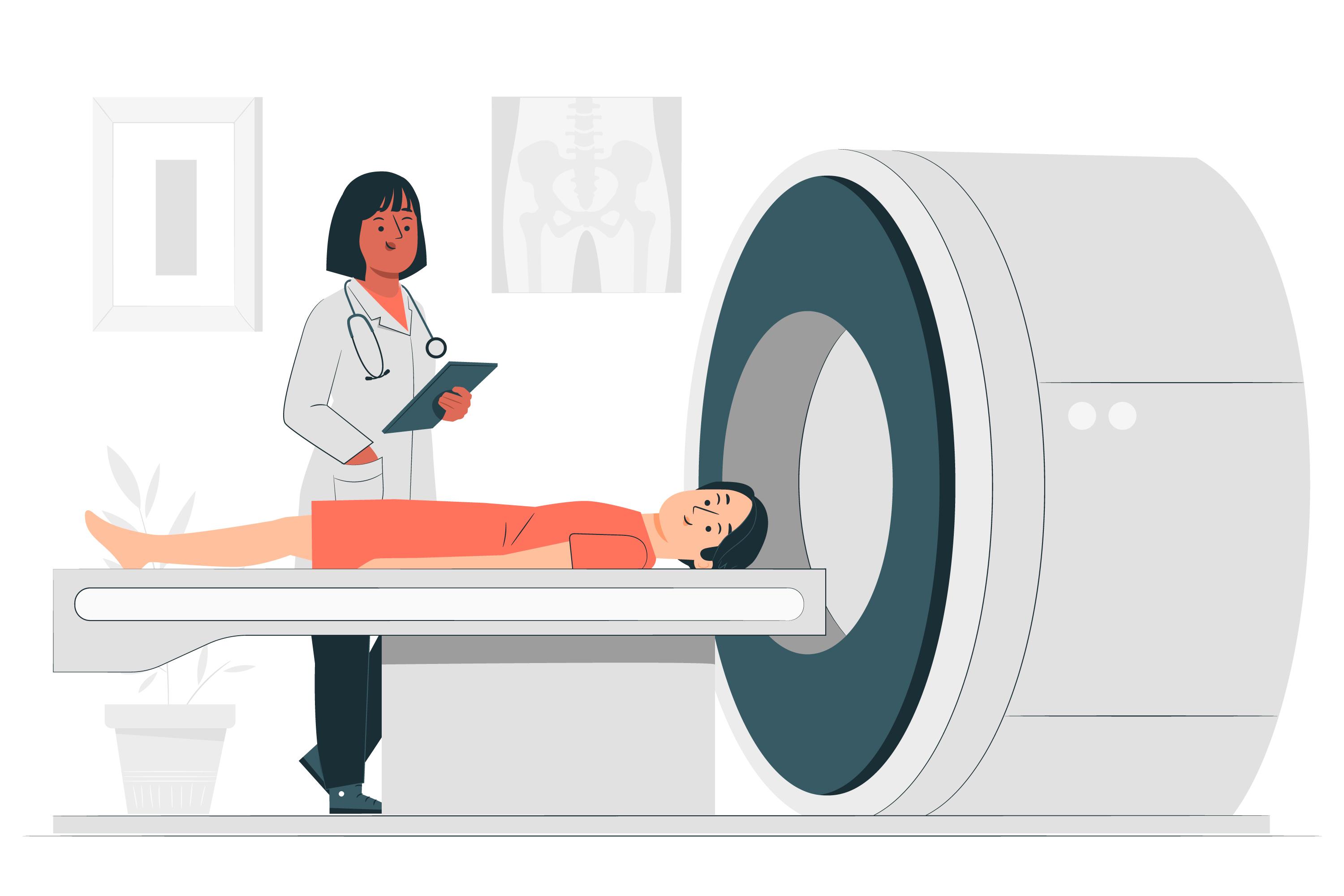CT Coronary Angiography
CT coronary angiography (CTCA), sometimes referred to as CT
coronary angiogram or CT coronary hagiography (likely a typo), is a
non-invasive medical imaging technique used to visualize the coronary arteries
that supply blood to the heart muscle. It is a diagnostic procedure that helps
assess the presence of coronary artery disease (CAD) or other heart-related
conditions by providing detailed images of the coronary arteries.
Here's how CT coronary angiography works:
Imaging Technique: CTCA uses a computed tomography (CT)
scanner, which is a specialized X-ray machine that takes multiple
cross-sectional images (slices) of the heart and its blood vessels.
Image Analysis: Cardiologists or radiologists analyze the images to assess the condition of the coronary arteries, looking for signs of blockages, narrowing (stenosis), or other abnormalities.
CT coronary angiography is often used for the following
purposes:
Detection of Coronary
Artery Disease (CAD): It can reveal the presence and extent of plaque
buildup in the coronary arteries, which can obstruct blood flow to the heart.
CT coronary angiography is considered less invasive than
traditional coronary angiography, which involves threading a catheter through
the blood vessels to the heart. However, it does expose the patient to ionizing
radiation and requires the use of contrast dye, which may not be suitable for
everyone. The decision to undergo this procedure is made based on the
individual's medical history and the suspected or known heart condition.
Procedure:
The procedure for CT coronary angiography (CTCA) involves
several steps, from preparation to image acquisition. Here's a general overview
of the process:
1. Preparation:
Before the procedure, you will need to change into a
hospital gown.
You may be asked to remove any metal objects, such as
jewelry or clothing with metal fasteners, as they can interfere with the CT
scanner.
2. Intravenous (IV)
Line:
A nurse or technologist will insert an IV line into a vein
in your arm to administer a contrast dye during the procedure.
3. Electrocardiogram
(ECG) Monitoring:
Electrodes will be placed on your chest to monitor your
heart's electrical activity (ECG) during the scan. This helps ensure that the
images are taken at the right moment in the cardiac cycle when the heart is
least in motion.
4. Contrast
Injection:
You will be positioned on the CT scanner table, typically
lying on your back.
The contrast dye will be injected into your IV line. You
might experience a warm sensation or a metallic taste in your mouth when the
dye is injected.
5. Scan Process:
The CT scanner is a large, doughnut-shaped machine. You will
be moved into the scanner, and the table you are lying on will move through the
scanner.
The scanner will take a series of X-ray images of your heart
from various angles.
The scanner is equipped with a computer that processes the
X-ray data to create detailed 3D images of your coronary arteries.
6. Breath-Holding and
Instructions:
You will be asked to hold your breath for short periods
during the scan to reduce motion artifacts in the images.
The technologist or radiographer may provide instructions
during the scan, such as "breathe in," "hold your breath,"
or "breathe normally."
7. Completion:
Once the scan is complete, the IV line will be removed, and
you will be able to get up from the scanner table.
You may be observed for a short period to ensure there are
no immediate adverse reactions to the contrast dye.
8. Post-Procedure:
After the procedure, you can typically resume normal
activities unless your healthcare provider instructs otherwise.
It's important to drink plenty of fluids to help flush the
contrast dye from your system.
9. Image Analysis:
The images obtained during the CTCA will be analyzed by a
radiologist or cardiologist to assess the condition of your coronary arteries.
10. Results and
Follow-Up:
Your healthcare provider will discuss the results of the CT
coronary angiography with you and recommend any further tests or treatments
based on the findings.
The entire procedure usually takes about 30 minutes to an
hour, although the actual scan time is relatively short. CTCA is generally
considered safe, but there can be risks associated with contrast dye, such as
allergic reactions or kidney problems in some individuals. Your healthcare team
will assess your specific medical history and condition to determine if CTCA is
an appropriate diagnostic option for you.
CT Scan
- Coronary Angio
- Brain with Angio
- Chest + Abdomen + Pelvis
- Brain + Spect + Perfusion

